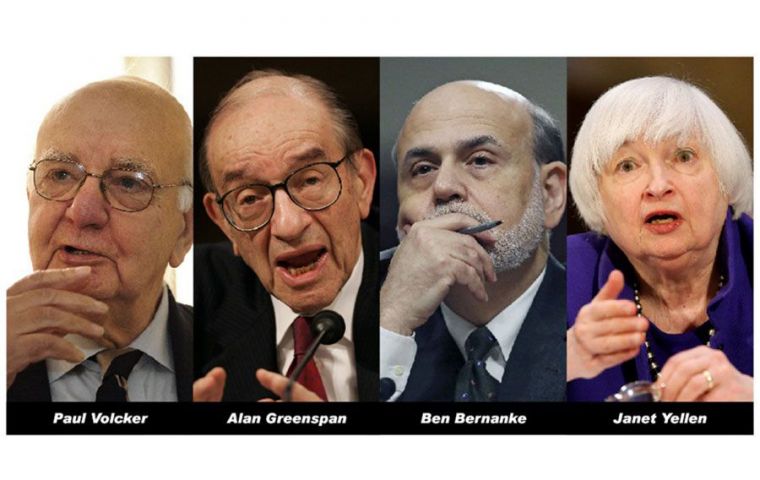U.S. Treasury vs. Federal Reserve: What’s the Difference?
The U.S. Treasury and the Federal Reserve are separate entities. The Treasury manages all of the money coming into the government and paid out by it. The Federal Reserve’s primary responsibility is to keep the economy stable by managing the supply of money in circulation.
The Department of the Treasury manages federal spending. It collects the government’s tax revenues, distributes its budget, issues its bonds, bills, and notes, and literally prints the money. The Treasury Department is headed by a Cabinet-level appointee who advises the president on monetary and economic policy.
The Federal Reserve is the central banking system of the United States and is run by a board of governors that oversees 12 regional Federal Reserve Banks. Its primary goals are to regulate the nation’s private banks and manage the overall money supply in order to keep the inflation rate and the employment rate stable. The Federal Reserve Board is accountable to the U.S. Congress, not the president.
Key Takeaways
- The U.S. Treasury is best known for printing money (literally) and offering economic advice to the President.
- The Federal Reserve is the U.S. central bank, ensuring lenders and borrowers have access to credit and loans.
- The two work together to provide a stable U.S. economy and borrow money when the government needs to raise cash.
- The two are instrumental in fighting recessions and bailing out institutions when necessary.
The U.S. Treasury
The Department of the Treasury is by far the older of the two institutions. It was established in 1789, with Alexander Hamilton as its first secretary. The primary task of the Treasury secretary is to advise the president on domestic and international economic issues and implement the administration’s economic policies.
While it’s perhaps best known for its role in collecting taxes and managing government revenue, its official mission is “to maintain a strong economy and create economic and job opportunities by promoting the conditions that enable economic growth and stability at home and abroad, strengthen national security by combating threats and protecting the integrity of the financial system, and manage the U.S. Government’s finances and resources effectively.”
No New Move Necessary: Federal Reserve

Svetlana Sultanaeva/iStock via Getty Images
Should the Federal Reserve stay put for a while?
Christopher Waller, “among the most hawkish of the Federal Open Market Committee,” stated on Tuesday that the Federal Reserve should keep its policy rate of interest not move its policy rate again in September.
The Federal Reserve, he said, was well-positioned to move “carefully” in its efforts at monetary tightening.
And, the statistics?
Well, the latest news on inflation was that the core consumer personal consumption price index showed a year-over-year increase of only 4.2 percent.
The second quarter increase, year-over-year, in real GDP was 2.5 percent.
Not bad.
And, the inflation rate has continued to decline.
The rate of real economic growth has tended to stay around 2.0 percent or above.
I have reported in my latest Seeking Alpha post that investors in the U.S. bond market have built-in expectations in the yield on the 10-year U.S. Treasury note (US10Y) that are quite positive in terms of economic growth and U.S. inflation.
The expected real rate of growth built into the bond yield is 2.2 percent and the expected rate of inflation built into the bond yield is 2.1 percent.
United States need an independent Federal Reserve
Wednesday, August 7th 2019 – 08:50 UTC
Full article

The following article was published 6 August, in the Wall Street Journal, signed by ex-Fed chiefs Paul Volcker, Alan Greenspan, Ben Bernanke and Janet Yellen. Basically, it states that the US economy functions best when the central bank is free of short-term political pressures.
As former chairs of the board of governors of the Federal Reserve System, we are united in the conviction that the Fed and its chair must be permitted to act independently and in the best interests of the economy, free of short-term political pressures and, in particular, without the threat of removal or demotion of Fed leaders for political reasons.